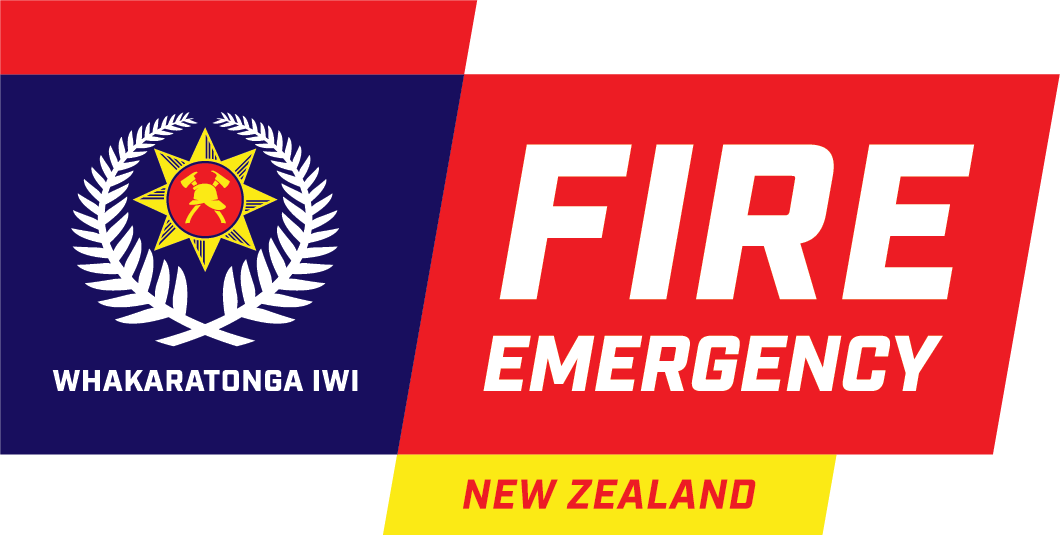Hearing Assistive Technology
|
FAQ |
Answer |
What is HAT? |
HAT stands for Hearing Assistive Technology. It refers to equipment including smoke alarms, doorbells, baby monitors, etc. that are connected to non-aural (non hearing) alerting devices that include strobe (bright, flashing) lights, vibrating pads under pillows, and vibrating pagers. This is so people who cannot hear these devices can be alerted quickly, particularly to the presence of fire.
|
Who can use HAT equipment? |
People who are Deaf or otherwise hearing impaired. This includes those who have high-frequency hearing loss, who cannot hear conventional alarms or alerting systems. People who wear hearing aids, or have Cochlear Implants (CI), who cannot hear without their aids or their implant, also use HAT equipment.
|
Why is Fire and Emergency NZ involved in this? |
People with Disabilities including Deafness and hearing loss are considered to be an “at risk” segment of our community in terms of fire safety. The “Safer New Zealand ‘Fire Risk Reduction and Prevention Plan 2015-2020’” specifically includes the Deaf and hearing impaired as a part of the community requiring home fire safety focus.
|
How long have we been involved with HAT?
|
Fire and Emergency New Zealand’s support for HAT assessments has been underway for about 6 years with the New Zealand Fire Service.
|
I know a Deaf/ hearing impaired person who could use this equipment. What do I do? |
You should ask this person to contact their audiologist, hearing therapist or support organisation (such as Life Unlimited, Deaf Aotearoa, RNZFB, etc.) to request a HAT assessment with them. From there, their needs can be assessed, and eligibility for funding can be discussed directly. Fire and Emergency NZ cannot assess an individual’s eligibility for funding.
|
Who pays for the equipment? |
Equipment for people aged 16 years and over can be funded by the Ministry of Health through their funding partners; by ACC; by Deaf and hearing impaired support agencies (including Life Unlimited and Deaf Aotearoa), or by the user themselves. For public funding, a needs assessment must be performed by an accredited service provider (like a hearing therapist). Fire and Emergency NZ does not directly fund HAT equipment.
|
Is it expensive? |
HAT solutions include specialised, wirelessly interconnected equipment including the smoke alarms. Accordingly, there are higher costs associated with this equipment than with standard smoke alarms. As the use of this equipment grows, and technology improves, there may be cost reductions in the future.
|
Who are Fire and Emergency NZ's HAT assessors? |
Individuals from each Fire Area, mostly Fire Risk Management Officers, but also operational fire fighters and other members of staff, undertake HAT assessments as part of or in addition to their usual duties. These staff are trained to work with the Deaf and hearing impaired, and to assess their specific needs for fire safety, bearing in mind the impairment to their hearing. Some of our HAT assessors have learned NZ Sign Language, to aid them in communicating with this at-risk segment of our Community.
|
Can I be a HAT Assessor? |
This will depend on your normal role, and needs to be discussed with your manager/s. Training is available, and some of our Fire Areas could do with extra hands. For more information, contact your Region’s Principal Advisor Fire Risk Management, or your Area’s Fire Risk Management office.
|
Do I have to know sign language? |
You don’t have to learn NZ Sign Language, but it does help. It can be a very rewarding experience to learn New Zealand’s other official language.
|
What kind of demand is there for HAT? |
It is estimated that there are around 9,000 Deaf people, and more than 400,000 others in New Zealand with “significant hearing loss”. The rate of around 10% of population with hearing impairment is projected to increase proportionately in the coming years.* The HAT project has attended to hundreds of Deaf and hearing impaired people so far, and has only touched the surface of these communities in New Zealand. There is much more work to do.
*Source: Statistics NZ, Disability survey:2013; Deaf Aotearoa NZ, Welcome to New Zealand; NZ Medical Journal (2015), The projected burden of hearing loss in New Zealand 128(1419).
|
|
|
|
More information about Hearing Assistive Technology can be found here.
